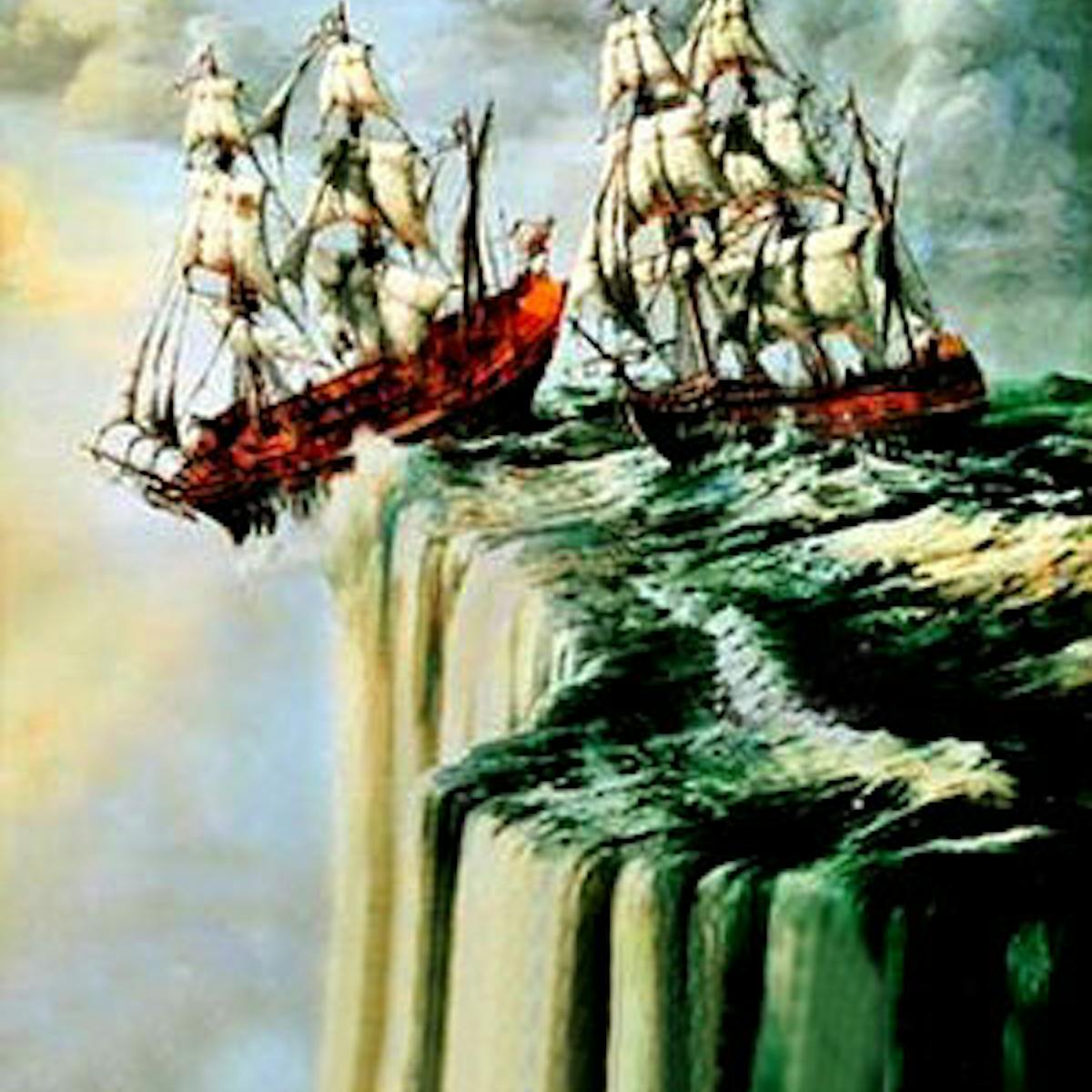
The Renaissance was a time of discovery and pushing boundaries. With Columbus’ famous discovery of America, both Europe and the Americas engaged in an exchange that has since hardly seen its match. Both continents were opened up to entirely new worlds, previously unknown to one another.
Magellan also took seafaring expeditions to the next level. Though he did not survive the whole journey, one of the ships in his command completed the first circumnavigation of the globe, squashing claims of a flat earth. Not only were literal worlds opened up, but also the boundaries of the world of exploration and what is possible were stretched.
 |
| Roatán, Hondúras |
In reality the wonders of exploration are not limited to the select few Armstrong’s and Magellan’s of the world. You don’t need to go where no man has gone. You only need to go where you have never gone.
I recently had the opportunity to discover new worlds for myself. I went where (lots of other people) plenty of people, except for me, had gone: Roatán, Hondúras. Not once did I think to myself, “if only I could have been the one to discover an eel, a sea turtle, of this cave filled with thousands of silver-side fish.” For me, I was propelled by the drive to boldly go where I had never gone. In that way, exploration is less about introducing previously unknown information to the world, and more about integrating unknown experiences into oneself.

No comments:
Post a Comment